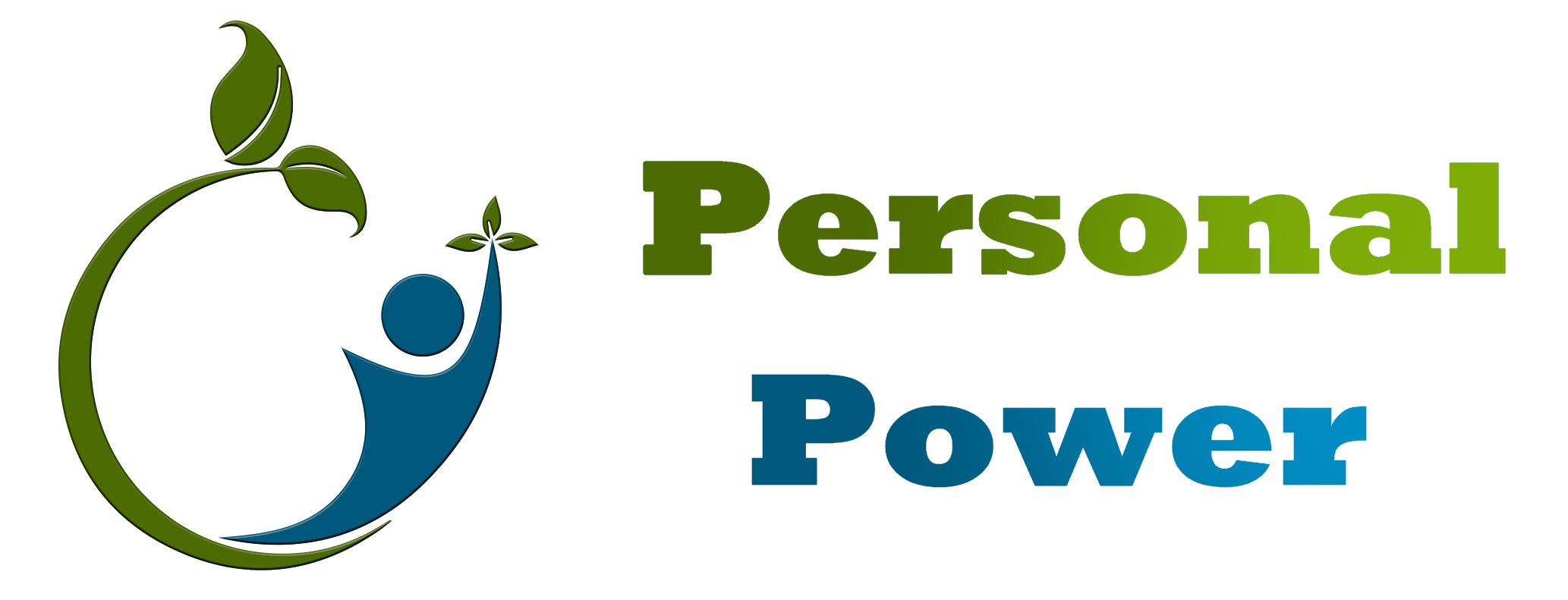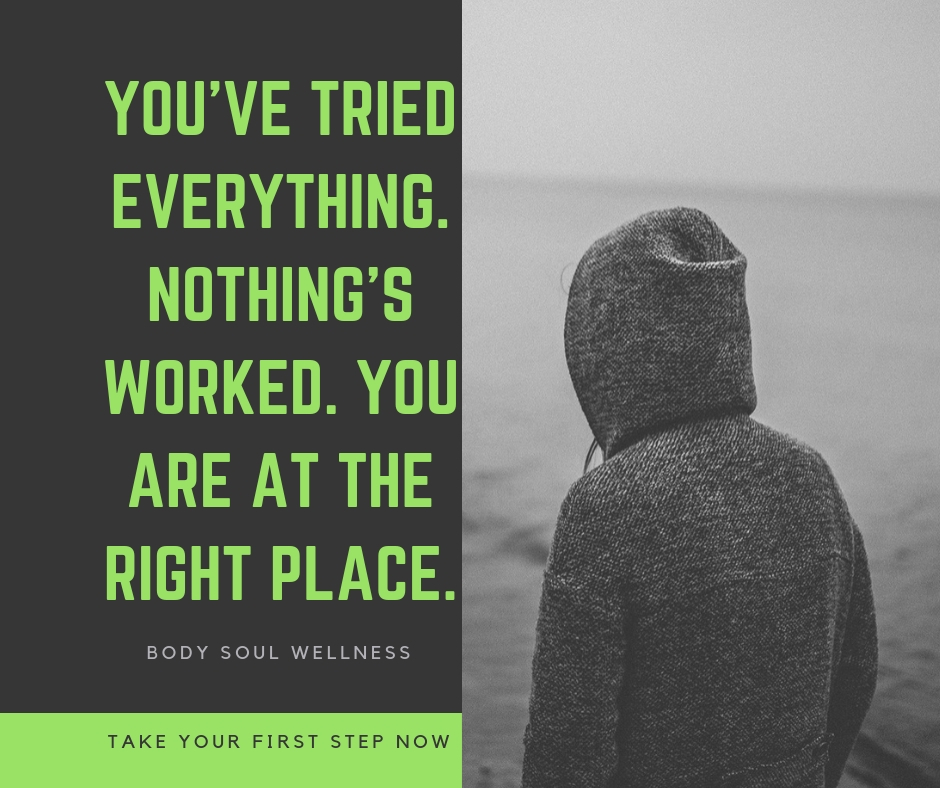Exercise After 50: What You Should Be Doing
Many people get exercise wrong as they age. Why? Because they often stop altogether. This is one of the worst things you can do to your body, especially at a time when exercise is needed more than ever.
The aging process speeds up breakdown of muscle and connective tissue, and can leave you immobile – especially if you sit there and do nothing about it!
Already over 50? No problem, you can still take action to help prevent an unfortunate outcome. Read on to discover what exercises you should consider incorporating into your fitness plan.
Aerobics
Aerobics, also known as cardio or cardiovascular exercise, is important at any point of life, but more so as we get older. Aerobic exercise plays an important part in maintaining the health of various organs, including the heart, lungs, and brain.
Though there are many different types of aerobic exercise, you should probably start with low-impact to protect your joints until you get ready to handle more.
Some to consider:
- Walking
- Swimming
- Cycling (including stationary bikes)
- Jogging
- Dancing
Strength Training
Many people associate strength training with becoming a bodybuilder, but your body actually needs resistance to stay functional. People that weight train regularly have a greatly decreased risk of fractures, pain, and immobility typically caused by muscle atrophy.
You should consider basic strength training until you feel ready to add resistance. Added resistance is good, but do it only when you feel you are capable. Injury is a risk you don’t need to take to strengthen your body.
Some exercises to consider:
- Squats
- Bench presses
- Push ups
- Pull up/ assisted pull ups
- Lat pull downs shoulder presses
- Deadlifts / hyperextensions
- Triceps presses
- Dumbbell curls
- Yoga
- Pilates
- Tai Chi
Flexibility Training
The single most underrated aspect of any training program is the flexibility component. It’s easy to overlook because you don’t see immediate physical changes, but in the long run it can greatly improve your ease of movement. Think of it as insurance – the insurance that safeguards you from possible immobility or injury. Flexibility training has numerous benefits on a body aged over 50, such as:
- Decreased pain after training – One reason muscles and joints ache after a workout is because of an inability of muscles to elongate or stretch back out without placing undue stress on connective tissue.
- It promotes balance – Loss of balance occurs frequently as we age due in large part to loss of muscle mass, but also because of stiff connective tissue. Flexibility training can significantly help you maintain balance as you age.
Include these in your flexibility training to reap the benefits:
- Dynamic Stretches – These are stretches performed prior to your workout to get the muscle and connective tissue loose and ready for activity. This significantly helps to reduce the risk of injury during an active workout.
- Static Stretches – These are stretches performed after working out a muscle group, to relieve muscle tension. Static stretches help stretch the muscle fibers and reduce pain after your workout.
Conclusion
A complete plan should include aspects from each of the exercise types mentioned above to maintain the integrity of joints, heart, and muscles. Staying mobile will help extend your high level of health and quality of life as you age. If you have physical pain that prevents you from beginning an exercise routine, talk to your doctor for suggestions. You can also set up an exploration session – maybe we can figure out why your body is sending you the pain signal and restore balance to that area so the pain signal can go away. Then you can exercise and enjoy it without pain!

